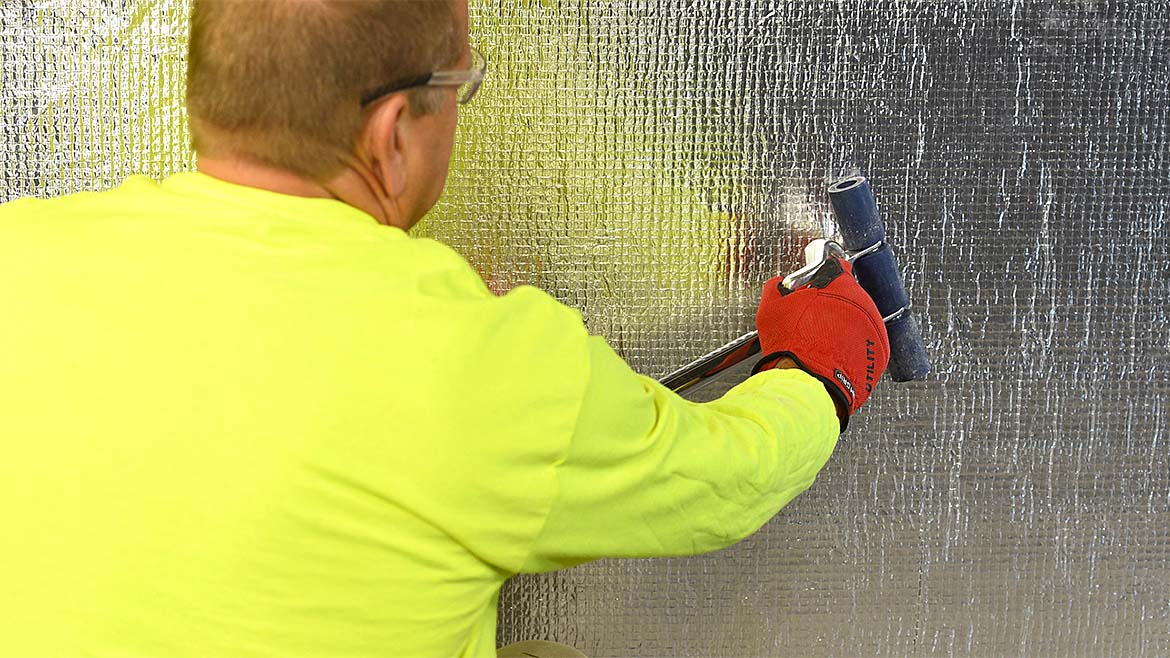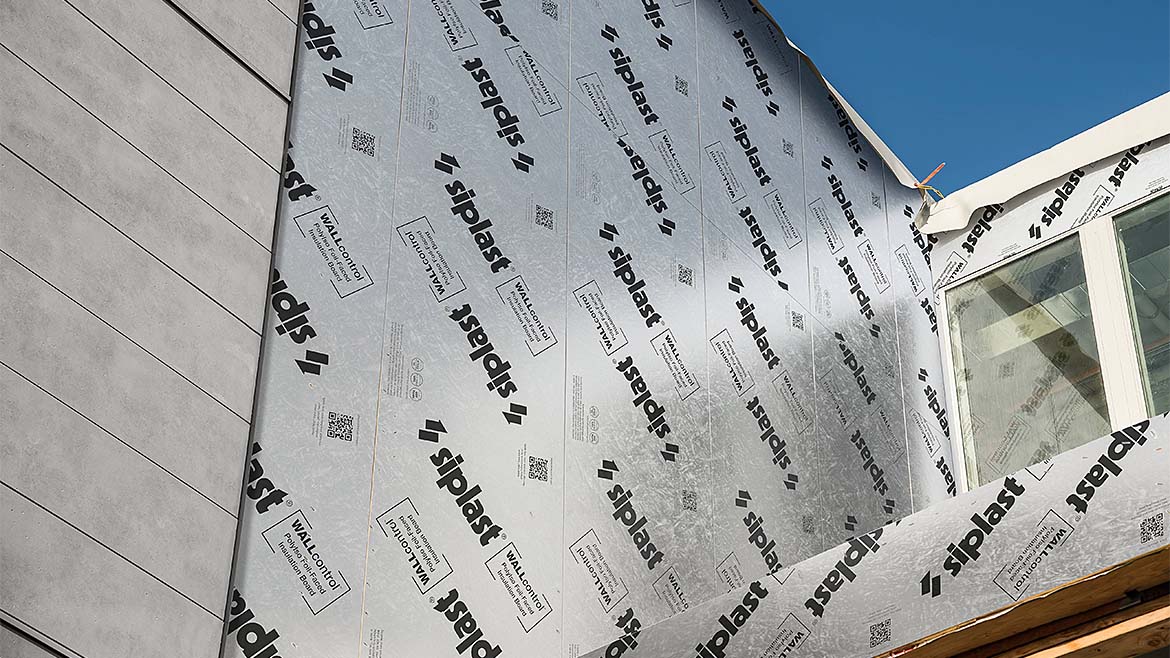It is estimated that the commercial building floor space is expected to reach 124.6 billion square feet by 2050, and much of these developments serve and accommodate the roughly 83 percent of the United States population that resides in urban areas. The expansion of modern bustling metropolises is overshadowed by another, more threatening estimate – the rapid and nearly irreversible increase of climate-related natural disasters, causing particularly significant damage to properties and infrastructure in densely populated urban areas.
Prioritizing waterproofing in all new commercial infrastructure is, therefore, vital to ensuring not only its ability to serve its communities safely, but also to endure and protect as climate conditions become increasingly unpredictable. The construction industry directly responsible for meeting that new reality must embrace a future-conscious mindset, seeking sustainable and durable building solution innovations that offer protective building enclosure measures. Air- and water-resistive barriers are a highly efficient tool to help future-proof the built urban environment.

A (Brief Overview of AWBs)
Required to fulfill existing energy code requirements, air barriers, simply put, prevent air from entering or leaving a structure, while water barriers keep water from intruding the building envelope. If installed properly, their primary purpose is to maintain a consistent indoor climate, enable IAQ and prevent moisture damage. AWBs performing inefficiently due to poor design and construction choices have a direct impact on other operations that sustain the building envelope, from energy inefficiency due to overload on HVAC systems to increased carbon emissions to air and water leaks affecting the building.
With installation and upkeep varying based on AWB type, selecting the air barrier most suited for the climate, location and purpose of new construction is crucial to its success. What is more, almost all other aspects of a structure, from design to material selection to detailing and specification of required control layers, can make or break the barriers’ ability to perform efficiently and, most importantly, endure long-term.
An investment in resiliency, durability and occupant comfort, the inherent purpose of AWBs carries the potential to extend a building’s lifespan, reduce energy consumption and help future-proof the design.
W(hy AWBs)?
How does extending a building’s lifespan and improving energy efficiency contribute to protection from extreme and unpredictable weather? The answer is layered. Extending the lifespan of the built environment correlates directly with extended protection from the elements. Increased rainfall and extreme drought have a massive impact on a building’s infrastructure. High-performing AWBs, if properly installed with the intent to withstand extreme weather conditions, mitigate the risk of exposing occupants and the building itself to extreme climate events. AWBs represent a substantial commitment to a more sustainable future by helping to decrease harmful waste and emissions during the use and occupancy phase, the largest and most impactful stage of the building’s life.
AWBs’ ability to improve energy efficiency, therefore, aid in cutting down the industry’s contribution to that impact. In the face of predicted extreme heat and freezing cold temperatures as well as increased risk of natural disasters, AWBs performing efficiently to restrict the movement of air and deter air leakage allow HVAC systems to run smoothly and retain a consistent and safe indoor climate without extensive energy loss.

B(eyond the Physical Solution)
AWBs are not, however, a magic solution to climate change. They are a tool that must be consistently improved, tested and integrated into a building’s ecosystem to perform in symbiotic tandem with all other building systems and operations. If their installation and specification is not up to par, inefficient performance risks an expensive, harmful and unsafe outcome that defeats the highly beneficial purpose of AWBs and creates a hazard rather than protection against climate change.
Avoiding this misstep requires a deep understanding of the building envelope, the future of our climate and collaboration of the forces that be, on all sides of the industry. It requires thoughtful policy change, a widespread grasp on the interconnectivity of improved energy efficiency, IAQ efforts, sustainability standards and carbon emissions. High-performing AWBs are a key tool to achieving long-term resiliency, innovation and sustainability of building solutions.
Air- and water-resistive barriers carry enormous potential in safeguarding our built environments and the densely populated commercial urban spaces we inhabit. From potentially extending the building’s lifespan to increasing energy performance to improving occupant comfort, AWBs are an often-underappreciated component in the building, design and construction industry’s tool kit. They can be viewed as just a nail without a hammer, but for AWBs to act as intended and perform to their full potential, sustainable requirements concerning the entire building envelope must be met and enforced. In an industry notorious for its resistance to forward-thinking change, it is crucial to recognize that improvements in the building enclosure is a top priority to help manage extreme climate events. Mastering the AWBs of air- and water-resistive barriers is just one of many steps in the direction of a more resilient, self-sufficient and climate-conscious urban future.






